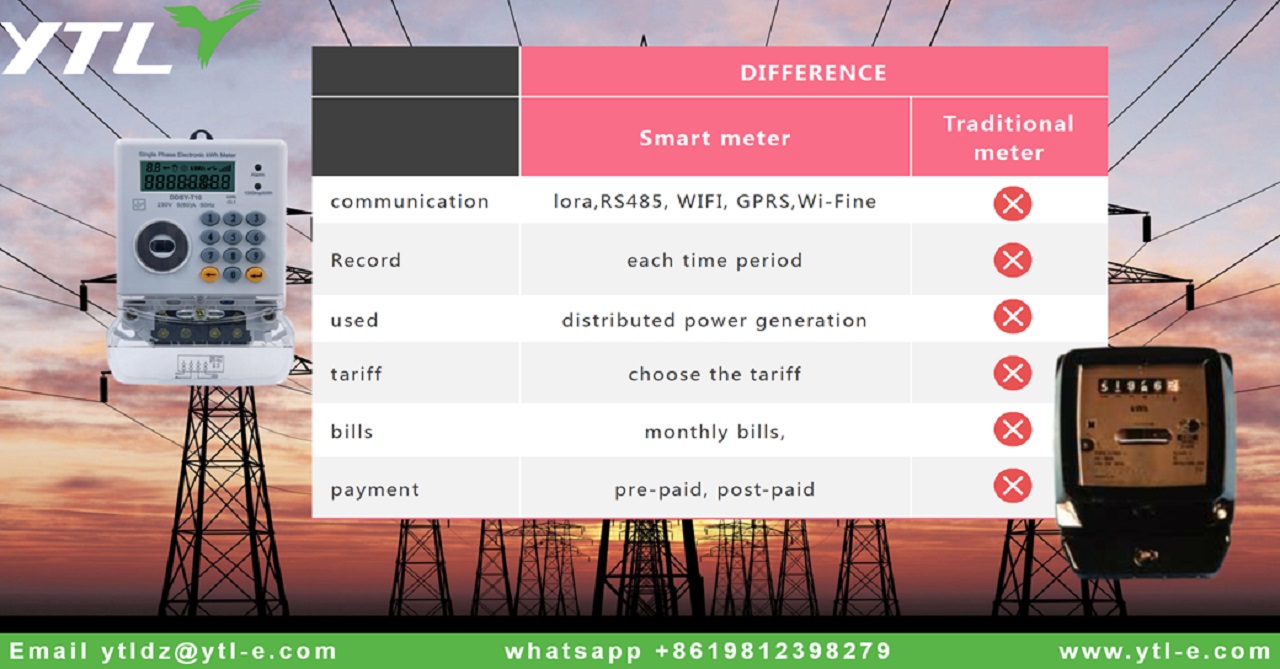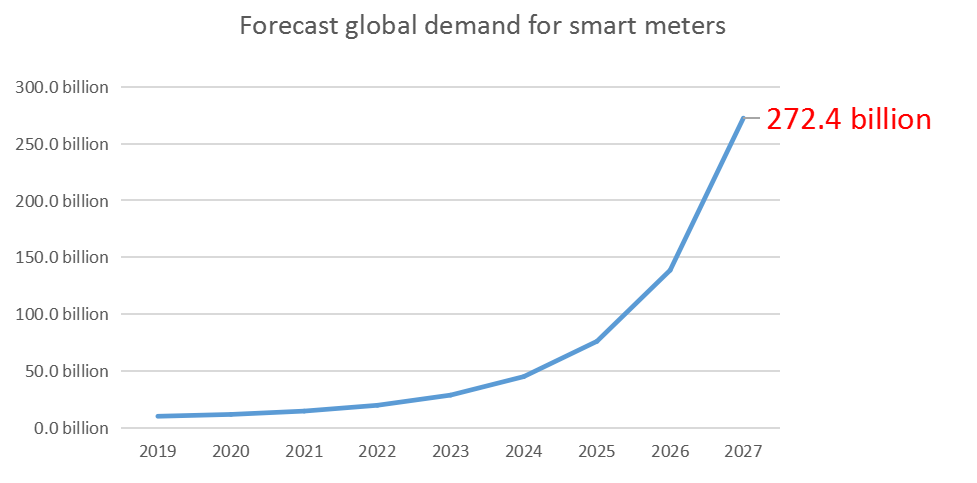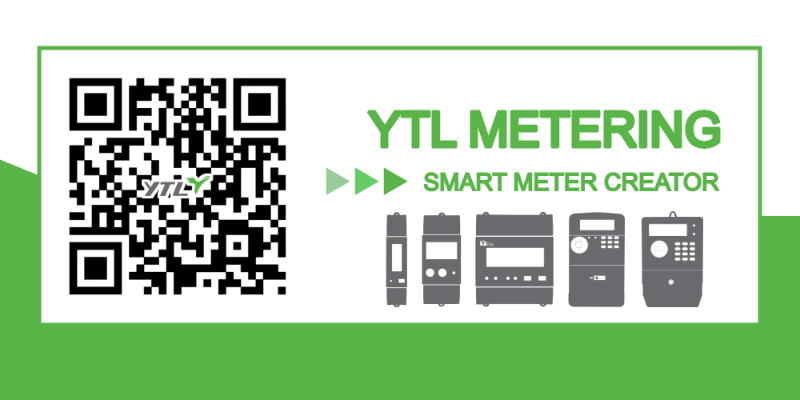The Iterative History of Electricity Meters
The Iterative History of Electricity Meters
Electricity meters have come a long way since their inception in the late 1800s. The first electricity meters were simple devices that measured the amount of electricity consumed by a household or business. They were mechanical in nature and relied on a spinning disk to measure the amount of electricity that was being used.
Over time, these simple devices became more sophisticated and started to incorporate electronic components. This allowed them to measure not just the amount of electricity being used, but also other important parameters such as voltage and current. This made them much more accurate and reliable, and they quickly became the standard for measuring electricity consumption.
 One of the most significant developments in recent years has been the advent of smart meters. These devices are able to communicate with the power grid and provide real-time information about energy consumption. This allows utilities to better manage their energy resources and provide more accurate billing information to customers.
One of the most significant developments in recent years has been the advent of smart meters. These devices are able to communicate with the power grid and provide real-time information about energy consumption. This allows utilities to better manage their energy resources and provide more accurate billing information to customers.
 Another important development in the evolution of electricity meters has been the use of advanced analytics and machine learning algorithms. These tools allow utilities to analyze large amounts of data and identify patterns and trends in energy consumption. This information can be used to develop more efficient energy management strategies and help customers reduce their energy usage.
Another important development in the evolution of electricity meters has been the use of advanced analytics and machine learning algorithms. These tools allow utilities to analyze large amounts of data and identify patterns and trends in energy consumption. This information can be used to develop more efficient energy management strategies and help customers reduce their energy usage.
Despite these advancements, there are still challenges that need to be addressed. One of the biggest challenges is ensuring that electricity meters are secure and protected from cyber attacks. As more and more devices are connected to the internet, the risk of cyber attacks increases. Therefore, it is essential that electricity meters are designed with security in mind and that they are regularly updated with the latest security patches.
Another challenge is ensuring that electricity meters are accessible and affordable for everyone. In some parts of the world, electricity meters are still relatively expensive and are not widely available. This makes it difficult for people to access reliable electricity and can have a negative impact on economic development.
In conclusion, the evolution of electricity meters has been a long and iterative process. From simple mechanical devices to sophisticated smart meters, these devices have come a long way in just a few short decades. Despite the challenges that remain, the future of electricity meters looks bright, and we can expect to see even more advancements in the years to come.

Comments
Post a Comment